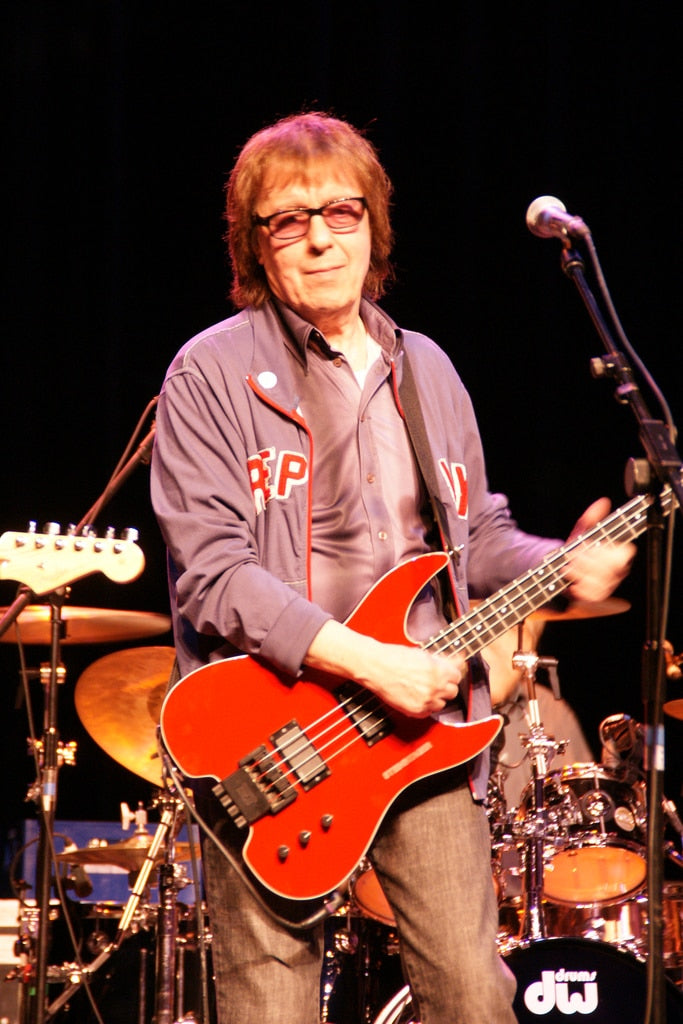When I moved to Seattle in 1980 I lived in the Jensen Block on Eastlake Avenue, in a neighborhood of aging wooden houses, aging people, and industries that made things that few people wanted anymore, like rubber stamps that said JOB COMPLETED, READY TO BILL and kits to install your own seat belts. The building was brick and flat-topped and even today, with shiny glass storefronts at curbside and with the Amazon campus nearby, it looks tired. The Jensen has been standing at the corner of Eastlake and Mercer, downhill from the freeway, since before there was a freeway. Or cars. It needs time off.
I lived with my typewriter and books in a furnished room with a shared bath above a tavern. They had a jukebox, but I could only hear the bass lines of the songs. I couldn’t tell what the songs were. The shifting, muffled thump was the background to my life in that building, where people came and went but a hard core of hard-luck cases lived on year after year.
On Friday and Saturday nights the bar stayed open until 2 am, with plenty of people and music, all of which sounded like grad school for bass players to the kid upstairs pounding out another science fiction story on his Smith Corona. I usually fell into bed, exhausted, between 1 and 2. Around 2:30, after half an hour of silence, the jukebox came on again. It was louder than before, possibly because the music was no longer being soaked up by all those drinkers. The jukebox played one song. Someone, probably the guy who’d been hired to swab out the place and was in there alone, yelled “Whooooooh!” about 20 seconds in. The bass and the “Whooooooh!” always woke me up. Five minutes later, the song ended, silence reigned, and I went back to sleep. It was comforting, I guess because I’d embarked on a new life and this was one of my few routines. Whatever “this” was.
One night the tavern closed at 2 and when it did the after-hours music was over. Like those of us who could, the cleaning man had moved on. Soon I did, too. I was happy to leave that treeless, hopeless street. I don’t know where anyone went or what happened to the people who stayed until the ’90s when the building was closed and remodeled and reopened. I doubt that any of us went on to form Pearl Jam or a dot-com.
A couple of years later, at a dance, the DJ put a record on the table and a familiar bass line spilled into the room. I was so surprised that I laughed: The cleaning man’s favorite song was “Emotional Rescue” by the Rolling Stones, from the album of the same name. I hadn’t known that Mick had a speaking part near the end or that the whole thing was influenced by Marvin Gaye or that this was the only song in the English language that includes the words “pet Pekingese.” I hadn’t known anything at all except that the beat went one-two, THREE-four, five-six, SEVEN-eight.
By that point in my life I was losing track of the Stones. That was easy to do, because the band that had ended the 1970s with the triumph of Some Girls spent the 1980s trying to become the Christmas fruitcake of popular music: ubiquitous and indigestible. It’s a sad state of affairs when the World’s Greatest Rock ’n’ Roll Band could go head to head with Spandau Ballet but not Duran Duran. Listening to the Stones of the ’80s yields very little satisfaction, except for “Start Me Up” from Tattoo You. My AARP membership requires that I dance to “Start Me Up” at every dance I go to. I’m feeling generous, so I’ll throw in “Emotional Rescue” and maybe “Undercover of the Night” from Undercover. A few years ago, I set out to listen to every Rolling Stones record in chronological order. After I listened to Undercover, I was so annoyed that I dropped the whole project.
Dressing up like the B-52’s on the cover of Dirty Work in 1986 didn’t help. Or did they think they were the Bangles?
It’s easy to make fun of a band that played its first gig in Boston during the British Invasion of 1775. But let’s jump ahead. How many musicians in their 70s can turn out a decent album of blues covers, as the Stones did in 2016, with Blue & Lonesome? Sure, it didn’t break any new ground, and in fact they had already done this in 1964. But could you repeat whatever it was that people liked you to do 52 years ago and do it just as well today?
I wrote this because I was driving to what passes for an exciting place in a pandemic (Costco) when I switched from our alt rock station to one of the local college stations. The DJ, who was born long after the 1980s had receded in our rearview mirror, said, “You guys gotta hear this!” I heard the opening bass notes of “Emotional Rescue.” I finished listening in the Costco parking lot. The music had transported me back to the Jensen Block, and to my typewriter and the endless thump thump thump from downstairs, and yet after 40 years the song was still fresh. You see, I only really knew the bass line.
Header image of the Rolling Stones’ bassist Bill Wyman courtesy of Wikimedia Commons/Jacco Barth.



